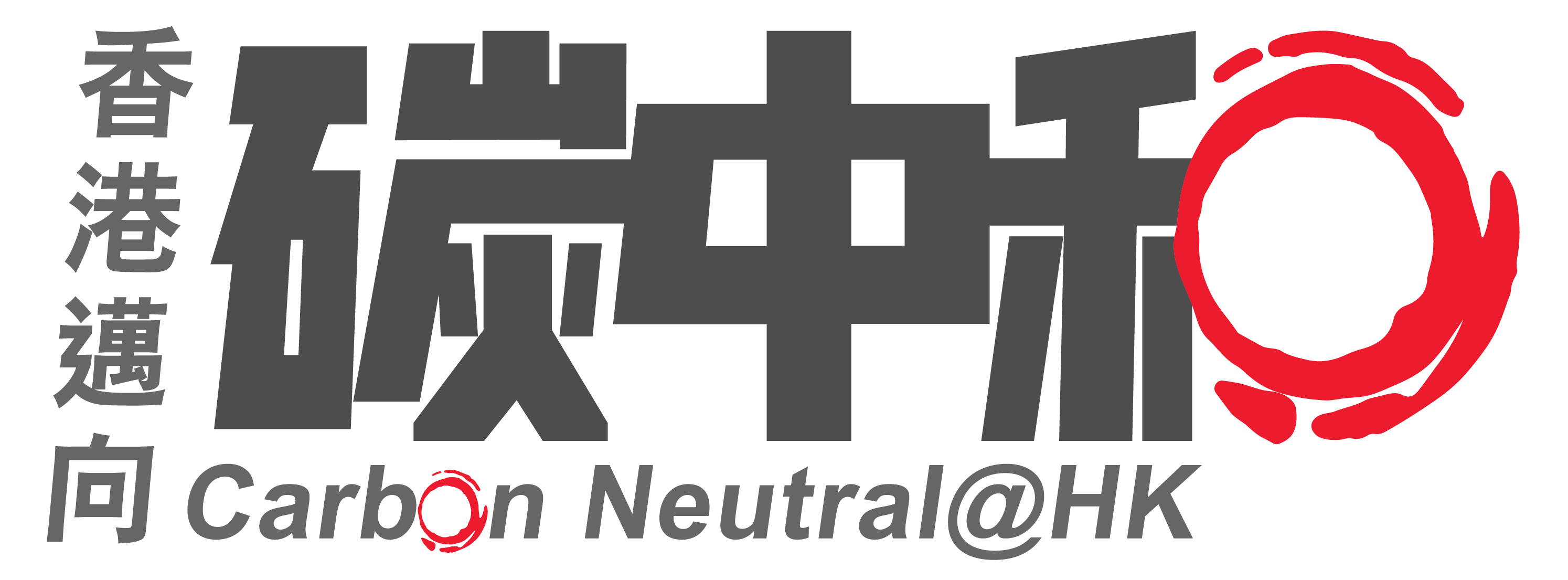BUILDING
Combined Heat and Power
Combined heat and power (CHP), or cogeneration, is the use of a power plant or a heat engine to simultaneously generate both electric power and useful heat. Thermal power plants including those that use fissile elements (e.g. uranium) or fossil fuels such as coal, petroleum or natural gas (or more recently, biomass), do not convert all of their thermal energy into electricity. A significant portion, say, up to two thirds of the primary energy used to generate electricity in conventional thermal power plants is lost in the form of heat. By capturing this waste heat using a variety of heat-exchange measures, a well-designed and operated CHP scheme is expected to provide better energy efficiency (up to 80% or above) than a conventional plant, leading to both energy and cost savings to produce the same amount of useful energy.
In UK, there is an increasing trend of providing power via CHP, especially in smaller installations. Prime users are buildings with large heat and electricity loads such as hospitals, hotels and leisure centres with swimming pools.
European Union, currently generates 11% of its electricity using cogeneration, saving Europe an estimated 35 Mtoe (million tons of oil equivalent) per annum. About 75% of district heat in Finland, for example, is provided from CHP plants with typical overall annual efficiencies of 85–90%. Similar projects are underway in United States, which has an aggressive goal of having CHP comprise of 20% of the US generation capacity by the year 2030.
References:
- IPCC 4th Assessment Report - Climate Change 2007: Mitigation of Climate Change
- Everett B, Saving Energy – How to Cut Energy Wastage. In: Elliot D (ed.) Sustainable Energy – Opportunity and Limitations, Palgrave MacMillan, NY, 2007.
















